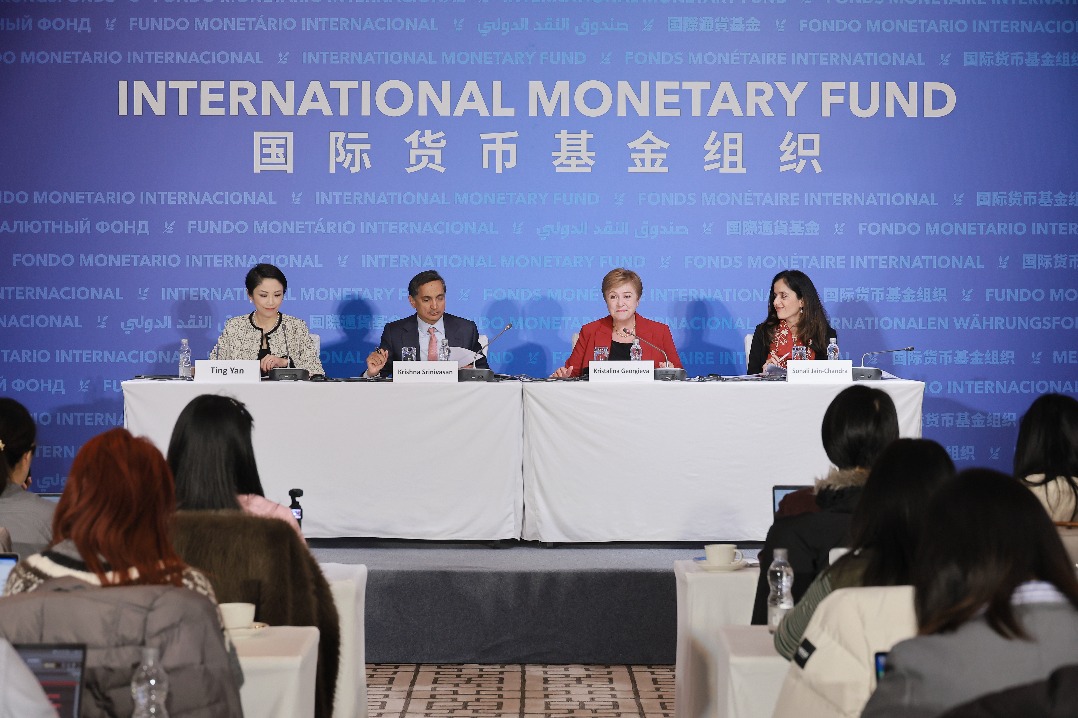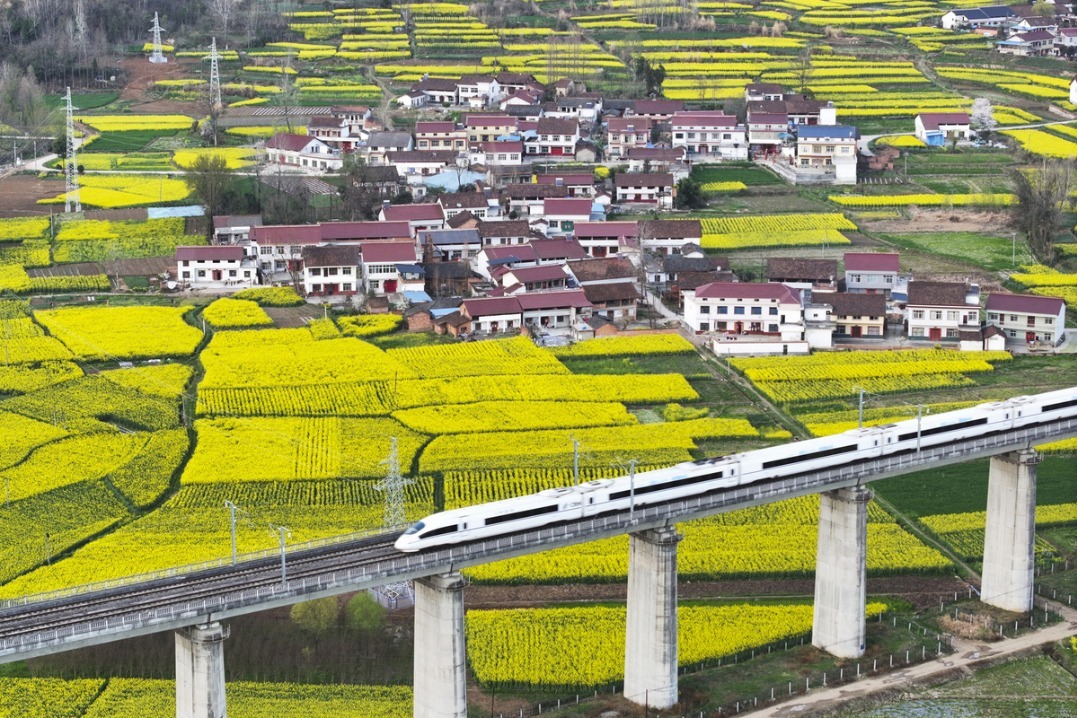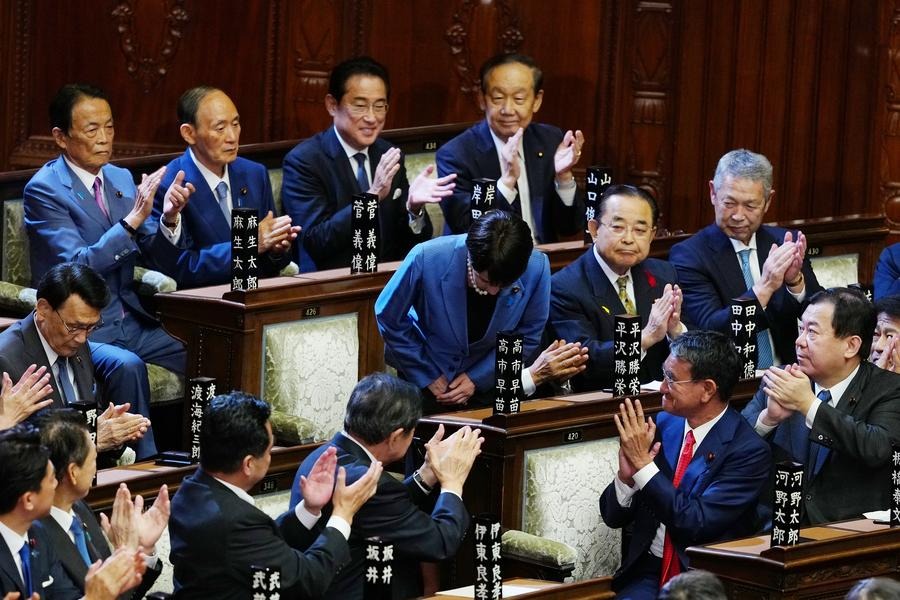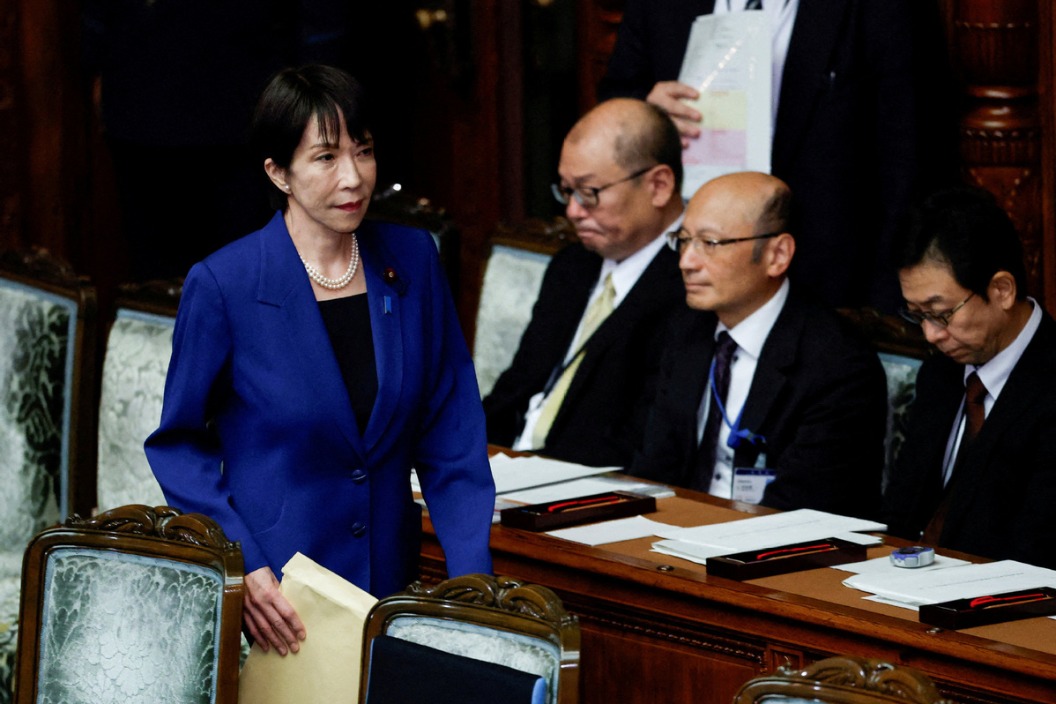Four major phases have supported globalization of Chinese companies

CHINA HAS BEEN A MAIN SUPPORTER of economic globalization since it launched reform and opening-up 40 years ago. And during the process, Chinese enterprises have accelerated their integration into the global market, which has strengthened China's connection with the rest of the world. Beijing Youth Daily comments:
China became the world's second-largest economy in 2010, when its gross domestic product overtook that of Japan. China's trade volume in goods hit $4.16 trillion in 2013, exceeding that of the United States to be the world's largest. And in 2015, for the first time, China's direct investment overseas surpassed the foreign direct investment it used, making it a net capital exporting country.
It is Chinese enterprises that have contributed to these achievements, and during the process the enterprises have also gone through their transformation from startups to multinational conglomerates. The going out process of the Chinese enterprises can be classified into four phases.
In the first phase, they intensively learned from the experience of foreign companies from 1978 to 1991. Statistics show more than 21,000 foreign companies started their business in China from 1979 to 1989, and they acted as role models for Chinese companies.
In the second phase, from 1992 to 2000, Chinese enterprises started going out as the government implemented a series of favorable policies to encourage them to explore overseas markets. In the 1990s, the average annual direct investment of Chinese enterprises overseas was $2.3 billion. Exports, sales networks, contract projects and joint ventures were the main forms of investment.
In the third phase, China upgraded the going out as a national strategy after entering the World Trade Organization in 2001. In 2004, China abolished its approval mechanism for the overseas investment of enterprises, which led to a rapid increase in their investments overseas. Chinese enterprises started merging with and acquiring foreign companies from 2004 to 2007 and expanded globally.
In the fourth phase, the financial crisis of 2008 brought about big changes to the overseas business environment, particularly for developed economies, and Chinese enterprises began to pay more attention to fulfilling their corporate social responsibilities, serving local communities and protecting local ecology and the environment, while relocating their production capacities to foreign countries.
In the future, the Chinese enterprises will establish more research and development agencies overseas as they climb up the global value chain.



































